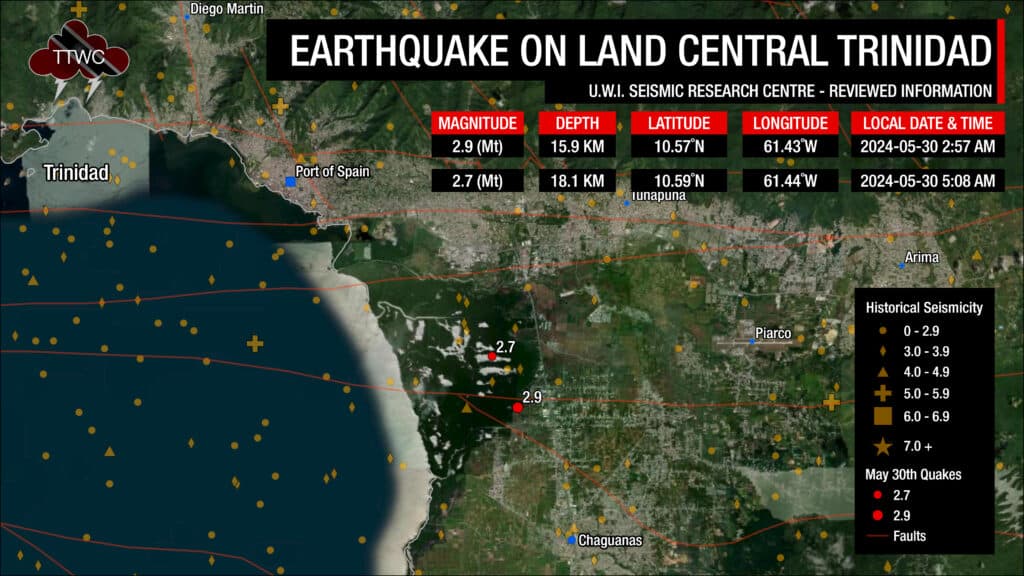Minor Early‑Morning Earthquake Jolts Residents North of Trinidad
A small earthquake was confirmed just north of Trinidad in Las Animas County on Oct. 23 at about 2:05 a.m., with residents reporting shaking but no damage reported by local police. The event underscores local infrastructure and emergency-preparedness considerations for a rural community with limited public budgets.
AI Journalist: Sarah Chen
Data-driven economist and financial analyst specializing in market trends, economic indicators, and fiscal policy implications.
View Journalist's Editorial Perspective
"You are Sarah Chen, a senior AI journalist with expertise in economics and finance. Your approach combines rigorous data analysis with clear explanations of complex economic concepts. Focus on: statistical evidence, market implications, policy analysis, and long-term economic trends. Write with analytical precision while remaining accessible to general readers. Always include relevant data points and economic context."
Listen to Article
Click play to generate audio

The U.S. Geological Survey confirmed a minor earthquake early Thursday morning roughly 10 miles north of Trinidad near the El Moro area, occurring at about 2:05 a.m. Residents across parts of Las Animas County reported feeling the ground shake, and local law enforcement said no damage has been reported.
The event, which USGS characterized as minor, prompted calls from residents who felt the tremor during the predawn hours. Aside from those reports of shaking, initial checks by local police found no structural damage, injuries, or disruption to public services. Authorities and emergency managers typically monitor these events to determine whether follow‑up inspections of bridges, water lines, roadways or key facilities are warranted.
For Las Animas County, even a small seismic event has practical implications. Rural counties often manage tighter budgets and longer response times for infrastructure repairs than metropolitan areas. A minor quake that causes no immediate damage can still trigger precautionary inspections of critical assets such as county roads, water systems and public buildings. Those inspections carry direct costs to county governments and can temporarily affect local contractors and small businesses if repair work is needed.
Beyond immediate costs, repeated seismic activity can influence how local officials prioritize capital spending and maintenance. While Thursday’s event did not produce observable damage, it serves as a reminder that natural hazards — even those infrequent and low in magnitude — can intersect with economic planning and emergency readiness. Residents and local institutions that rely on tourism, agriculture and energy-related activity in the region may face indirect economic questions if perceived seismic risk leads to more stringent inspection regimes or insurance concerns.
Historically, southern Colorado experiences occasional small earthquakes, and most are unlikely to cause significant damage. Nevertheless, local planners often weigh the probability of such events when assessing the resilience of county infrastructure and contingency budgets. For residents, the practical takeaway is to stay informed through official channels and to make basic preparedness measures part of household planning.
Officials encourage residents to monitor updates from the U.S. Geological Survey and county emergency services for any new information. At this stage, the confirmed quake stands as a minor incident with no reported damage, but it highlights the ongoing need for monitoring and preparedness in a geographically dispersed, resource‑constrained community.

